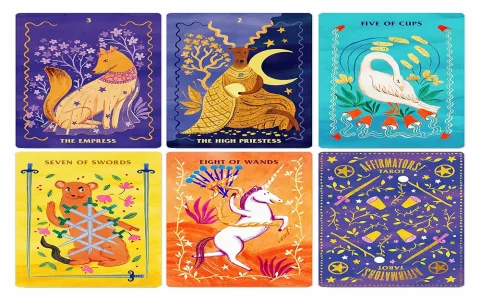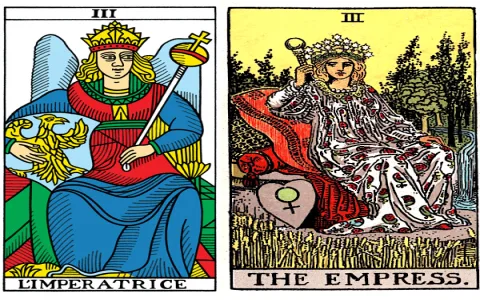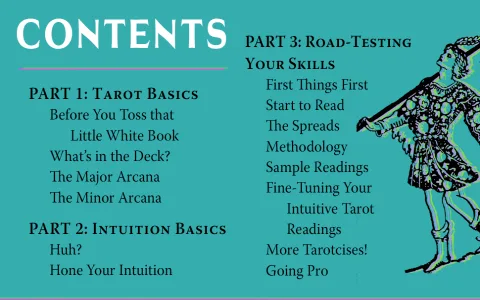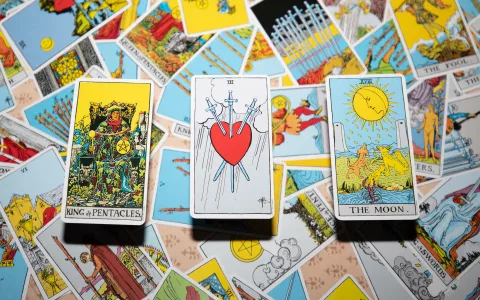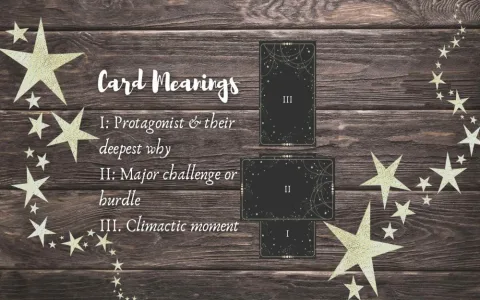You know, I’ve been messing around with the tarot for years now, mostly just simple readings for myself and sometimes for friends. But I always stuck to the big spreads, the Celtic Cross, the Horseshoe—the ones where you need a spreadsheet just to keep track of the positions.
I thought the basic Past, Present, Future spread—the three-card layout—was so straightforward it wasn’t worth logging. Everyone knows how to do it, right? Just pull three cards.
Wrong.
My nephew, bless his heart, decided to try reading for me last week. He’d just bought his first deck, all shiny and new. He was super enthusiastic. He shuffles, cuts the deck, and then starts pulling.
He pulls one. Okay, Past.
He pulls two. Okay, Present.
Then he pulls three. Good, Future. Done, right?
Nope. He pulls four. And then five. He sets them all out in a line.
I stopped him cold. “What are those two extras for?” I asked.
He just shrugged. “Uh, they looked important?”
That drove me nuts. If you can’t even handle the simplest layout, how are you going to manage the big ones? It made me realize that even the most basic practices need solid, documented steps. I had to go back to square one, not just to confirm the number for myself, but to figure out why people, like my nephew, get confused and start adding random cards.
So I dedicated the whole afternoon to figuring out the definitive, standard practice for the Past, Present, Future spread, logging every step of my practice.
The Prep Work: Getting the Decks and Setting the Intent
First thing I did was grab my Rider-Waite deck. It’s the standard, the foundation. I didn’t want any fancy modern deck messing up the interpretation. I cleared my workspace, which mostly just meant shoving aside my laptop and my coffee mug. No incense or chanting needed for this—this was a practical research session, not a ritual.
The core question I set out to answer was simple: Is it strictly three cards, or are there variations common enough that they become standard?
I started by confirming the baseline, the pure, three-card pull.
- Step 1: Focus. I centered on a general question about my current project flow. Nothing too deep, just something practical.
- Step 2: Shuffle and Cut. Shuffled until the deck felt ‘ready.’ Cut it once.
- Step 3: The Pull. Pulled three cards sequentially off the top.
The result was exactly what I expected: Card 1 (Past), Card 2 (Present), Card 3 (Future). Clean, simple, easy to read.
The Experimentation: Where the Confusion Creeps In
Next, I started mimicking the mistake my nephew made. Why did he pull four and five? I hypothesized that sometimes people confuse the PPF spread with variations that include an ‘Action’ or ‘Outcome’ card.
I decided to practice a few variations, just to document the difference and prove that adding cards changes the spread entirely.
Practice Log Entry A: The Four-Card Layout
I repeated the shuffle and pull process, but this time I pulled four cards. I tried to assign them logical meanings:
- Card 1: Past Situation
- Card 2: Present Challenge
- Card 3: Future Possibility
- Card 4: The Action Required (The Advice)
This immediately shifted the reading from a simple narrative (PPF) into a directive one (PPF + homework). The reading felt heavier, like I was getting told what to do, not just where I’d been and where I was going.
Practice Log Entry B: The Five-Card Layout (The Quick Snapshot)
I’ve seen some people call this the ‘Extended Past, Present, Future.’ I pulled five cards and tried to define their roles before turning them over. This is where it gets messy fast.
- Card 1: Recent Past Cause
- Card 2: Distant Past Root (This already felt redundant)
- Card 3: Current Situation
- Card 4: Near Future
- Card 5: Long-Term Outcome
The complexity jumped way up. The distinction between Card 1 and Card 2 was murky. If you’re pulling five, you might as well just do a mini-Celtic Cross. It lost all the snappy clarity of the original three-card format.
The Conclusion: Sticking to the Basics
After hours of shuffling, pulling, logging, and reading, the data was crystal clear. If you call it the “Past, Present, Future spread,” you are pulling three cards. Period.
The confusion, I realized, doesn’t come from a missing definition, but from people trying to shoehorn extra information into a spread designed for minimalist clarity. They start mixing in concepts from more complex spreads, like pulling a fourth card for a “clarifier” or a fifth card for “potential.”
If someone asks you for a Past, Present, Future reading, you pull three cards. The simplicity is the strength of this layout. If you need more information, you stop calling it the PPF and label it something else, like the “Five-Card Directional Spread.”
I finally sat down and wrote out the definitive, locked-down steps for the three-card pull so I can print it out and hand it to my nephew. This saves everyone time and stops the ‘I think this one is important too’ impulse.
The lesson, as always in life and in practice, is that if you want a reliable result, you have to define the boundaries of the practice first. Don’t add two extra cards because they ‘feel’ important; stick to the three, get the clear narrative, and only then, if needed, pull a single clarifying card for one of those positions. But even then, that clarifying card isn’t part of the core PPF spread count.
My practice confirmed it: The number is three. Anything else is a different spread entirely. Stick to the three. It works.

